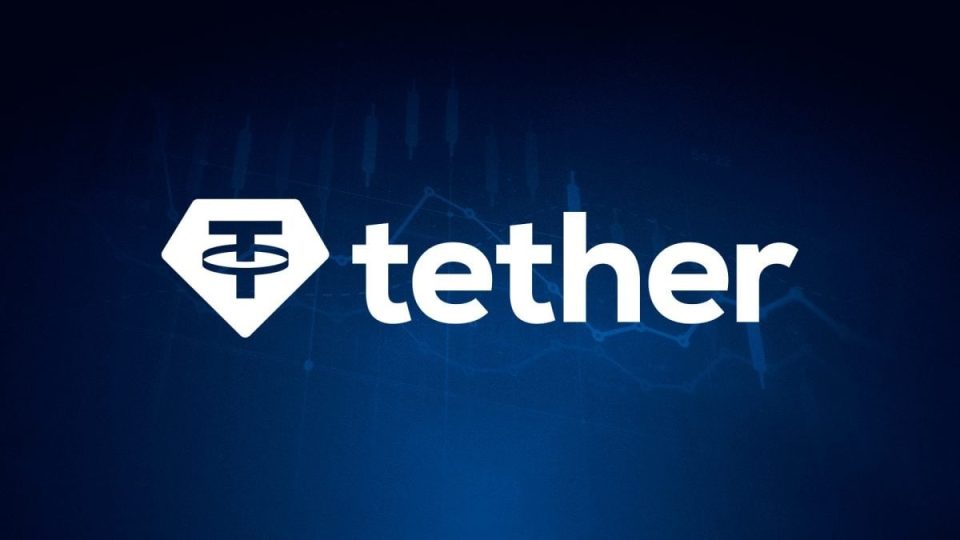Tether, the company behind the world’s largest stablecoin USDT, has announced plans to issue a new dollar-pegged asset called USAT. According to Bloomberg, the stablecoin will be launched on Rumble and built on the Aptos blockchain, a Layer-1 network designed for speed, security, and scalability.
The introduction of USAT highlights Tether’s ambition to strengthen its footprint in the American market, where stablecoin competition is intensifying. Despite USDT’s dominant $100+ billion supply globally, U.S.-focused rivals like Circle’s USDC and PayPal’s PYUSD have carved out strong use cases by leaning on regulated frameworks, payment integrations, and institutional trust. With USAT, Tether seems to be positioning itself to compete more directly on U.S. soil.
Aptos’s infrastructure choice is particularly telling. Unlike older blockchains that often face congestion and high fees, Aptos uses the Move programming language and a parallel execution model that allows it to process thousands of transactions per second. For a stablecoin that aims to serve payments, remittances, and DeFi applications at scale, these technical features provide a clear advantage.
The launch also comes at a moment when the U.S. regulatory climate around stablecoins is heating up. Policymakers are debating frameworks to govern how issuers back and manage dollar-pegged assets. For Tether, which has faced criticism over its reserve transparency in the past, creating a new stablecoin could open opportunities to address regulatory expectations differently from USDT ,potentially offering greater clarity or partnerships that are U.S.-market-specific.
At the same time, the stablecoin ecosystem has become a focal point of the digital finance industry. Binance has supported FDUSD, Circle continues to push USDC deeper into payment channels, and PayPal’s entry into the market shows that traditional fintech players are no longer staying on the sidelines. Tether’s decision to diversify with USAT reflects the growing understanding that stablecoins are not just trading tools , they are becoming a backbone for payments, cross-border transfers, and on-chain commerce.
While full details on USAT’s structure and rollout have yet to be disclosed, its creation signals a new chapter for Tether. Rather than relying solely on USDT’s global dominance, the company is preparing a U.S.-centered product that could reshape its competitive positioning. Whether USAT will challenge Circle and PayPal directly remains to be seen, but its launch underscores one truth: the stablecoin race is far from over.
